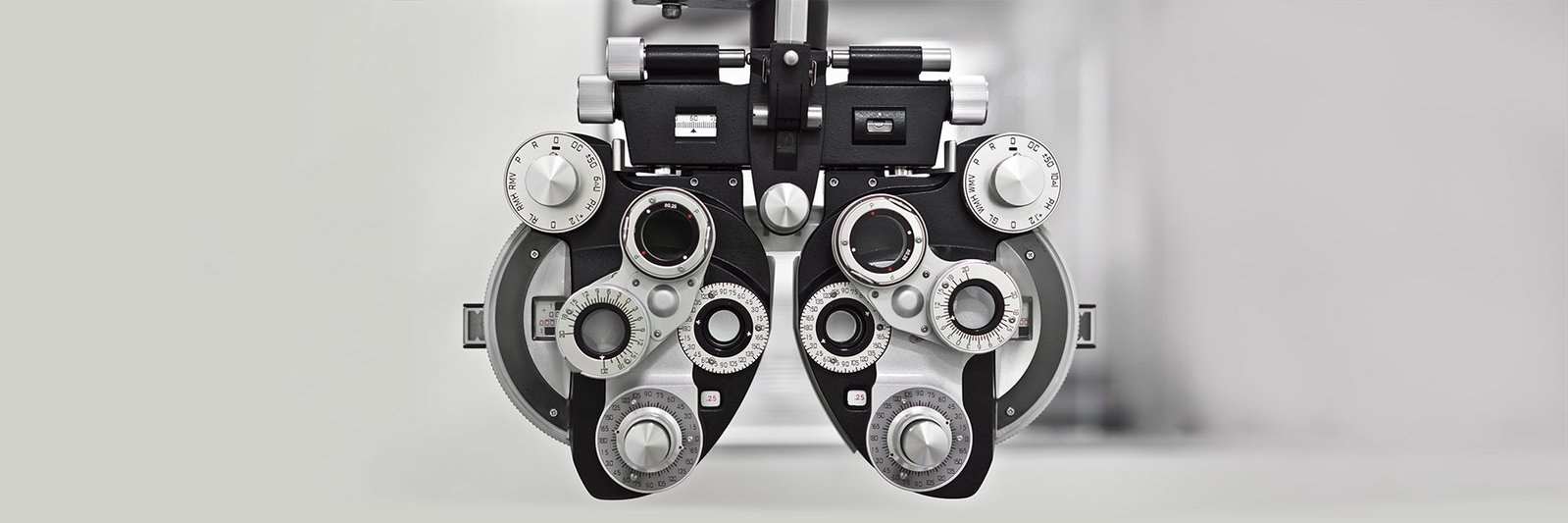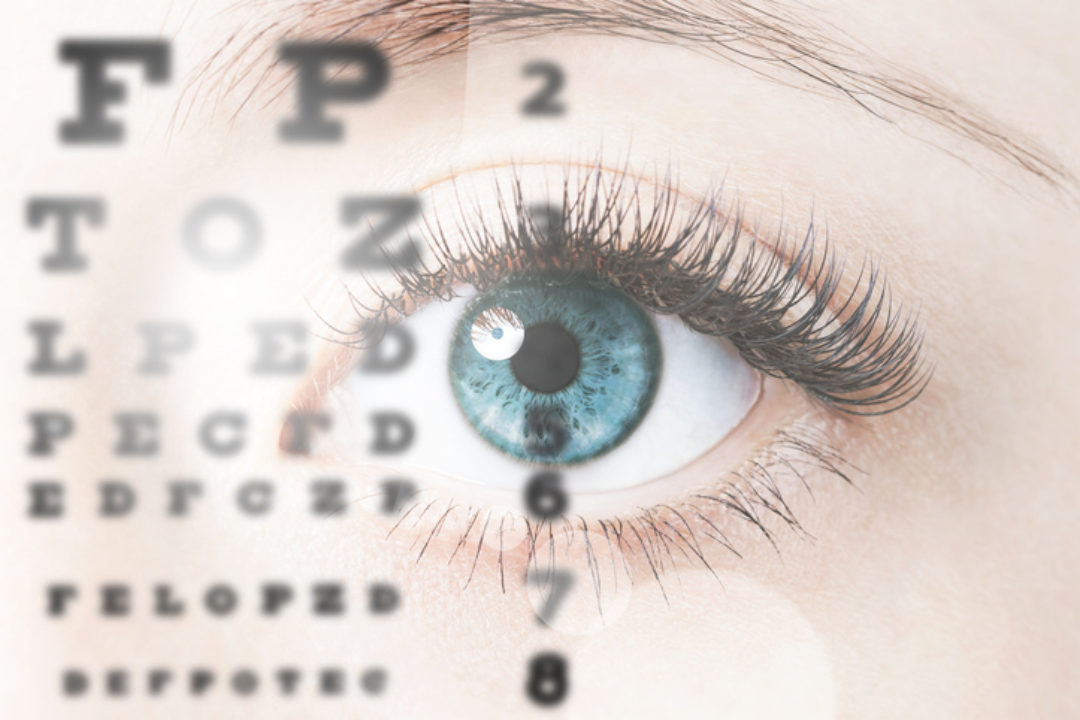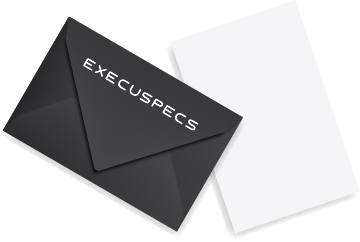
LET’S START WITH THE FIRST AND PERHAPS MOST IMPORTANT QUESTION: WHY ARE EYE EXAMS SO IMPORTANT?
Sight is considered the most important organ of the senses by far which means that a regular eye exam should be at the top of your yearly "to do” list. Though we’re certain you may have seen an eye chart at least once in your life, and may even be aware of its exact purpose (hint, you close one eye and read with the other), eye exams don’t exactly start and end there. They’re far more intricate and give you much more information than just distinguishing between your need for glasses or not.
That’s right, eye exams aren’t just important because they evaluate the health of your vision. Or because they check your ability to focus on and distinguish between objects, but also because your highly trained optometrist looks for other varying medical conditions that could be underlying. Age-related Macular Degeneration, Cataracts, Glaucoma, Diabetic Retinopathy (brought on by Diabetes) and hypertension (high blood pressure) are all detectable through a routine eye test.
How?
We can almost hear you ask.
Because your eyes show warning signs to the overall health of your body and are key to detecting underlying conditions (Pretty cool don’t you think?). An eye exam may, at times, be extremely daunting! But then again so can last-minute Christmas shopping. And even that doesn’t stop us from heading to stores on Christmas Eve because cousin Sam deserves the perfect pair of socks! So don’t let that deter you from keeping your eye health in check.
What do eye tests entail?
To complete an eye exam, you’d have to undergo a series of tests implemented on large space-age-like machinery. And sure, you may emerge from your test being told you need vision correction, but that’s what your optometrist is there for, to take you through the process step-by-step. So really, there isn’t much to be afraid of.
While your eye exam is individually suited to your needs, we’ve decided to take you through a detailed description of what you could expect just to put your mind at ease.
Your optometrist will want to know about your overall health. Be ready to talk about any vision or eye issues, medication you are currently taking and your family’s medical history.

WHAT TO EXPECT
1. The Autorefractor...say it with us now: aw-to-ree-frak-tir
(Testing the refraction of the eye)
An autorefractor is the first step in the eye exam and is used to determine your prescription by measuring how light is affected as it reflects through the eye. The process will be quick and painless, and the data ensures a baseline to determine the correct eyeglass or contact lens prescription.
2. The tonometer…tuh-no-mih-tir
(Testing intra-ocular pressure))
This small, lightweight instrument releases a light wisp of air onto the surface of each of your eyes to measure their internal fluid pressure. Through this, your optometrist determines whether you are in danger of developing Glaucoma.
3. Digital retinal photography – We’re pretty sure you’ve got the pronunciation of this one down!
(Checking the internal health of the eye)
Next, your optometrist takes a photograph of the back of your eyes, which gives them a better idea of any possible eye problems which can be detected and discussed. This photograph is saved in your file for future reference or comparison with any later photographs so that any new changes to your eye health can be identified and monitored.
4. The retinoscope
(Testing for prescription)
In this test, your optometrist tries to get a precise measurement of your prescription by shining a light into your eye and observing the reflection (reflex) off of your retina. This is particularly helpful for children or people who struggle to describe the clarity of their vision.
5. The Phoropter – you know this one
(Looking at the test chart, see? We told you you know this one)
After this, you are requested to read a test chart through a machine (Phoropter) that houses different strength lenses. Here, your optometrist modifies their results by testing each eye separately and then both eyes together until you have the clearest vision possible. This will determine the sharpness or clarity of both your near (reading) and distance vision.
6. The ophthalmoscope
(Checking the internal health of the eye)
The next tool your optometrist uses to inspect the health of your eyes is a specialised bright torch. Shining a powerful light into each eye, your optometrist can see the retina at the back of your eye as well as your optic nerve and retinal blood vessel
7. The slit lamp
(Checking the external health of your eye)
During this test, a microscope with a high intensity light is focused to shine a thin sheet of light into your eye that can observe your eyes’ front surface. Here, your optometrist looks for imperfections or marks on your cornea, iris, and lens. If you wear contact lenses, this is a crucial part of your eye test.

Things to remember:
You’ve booked your eye test and now you’re wondering what you need to take with you. Bring your most recent, spectacles and a list of your current medication and contact lenses if you wear them. Also, answer the questions as honestly as possible to help your optometrist know how to proceed. Last but not least don’t be afraid to ask questions and be part of the process!
Now that you’re fully aware of the process, it’s importance, and how you really shouldn’t be afraid of anything, head over to your nearest Execuspecs to check out the latest frames, snag the freshest Insta snaps and shop the latest offer
We’re expecting you!
Date Published: 16 March 2020
